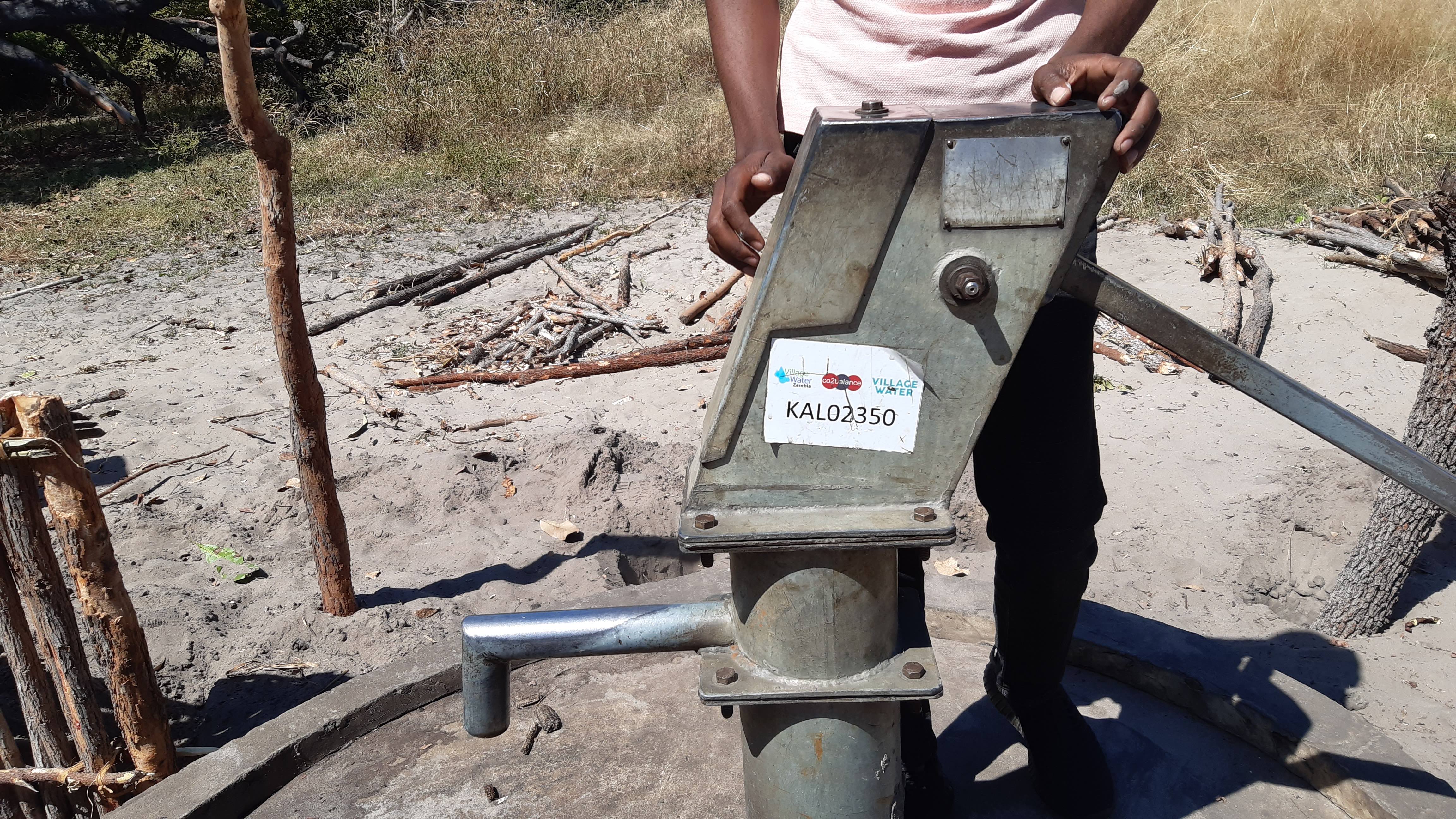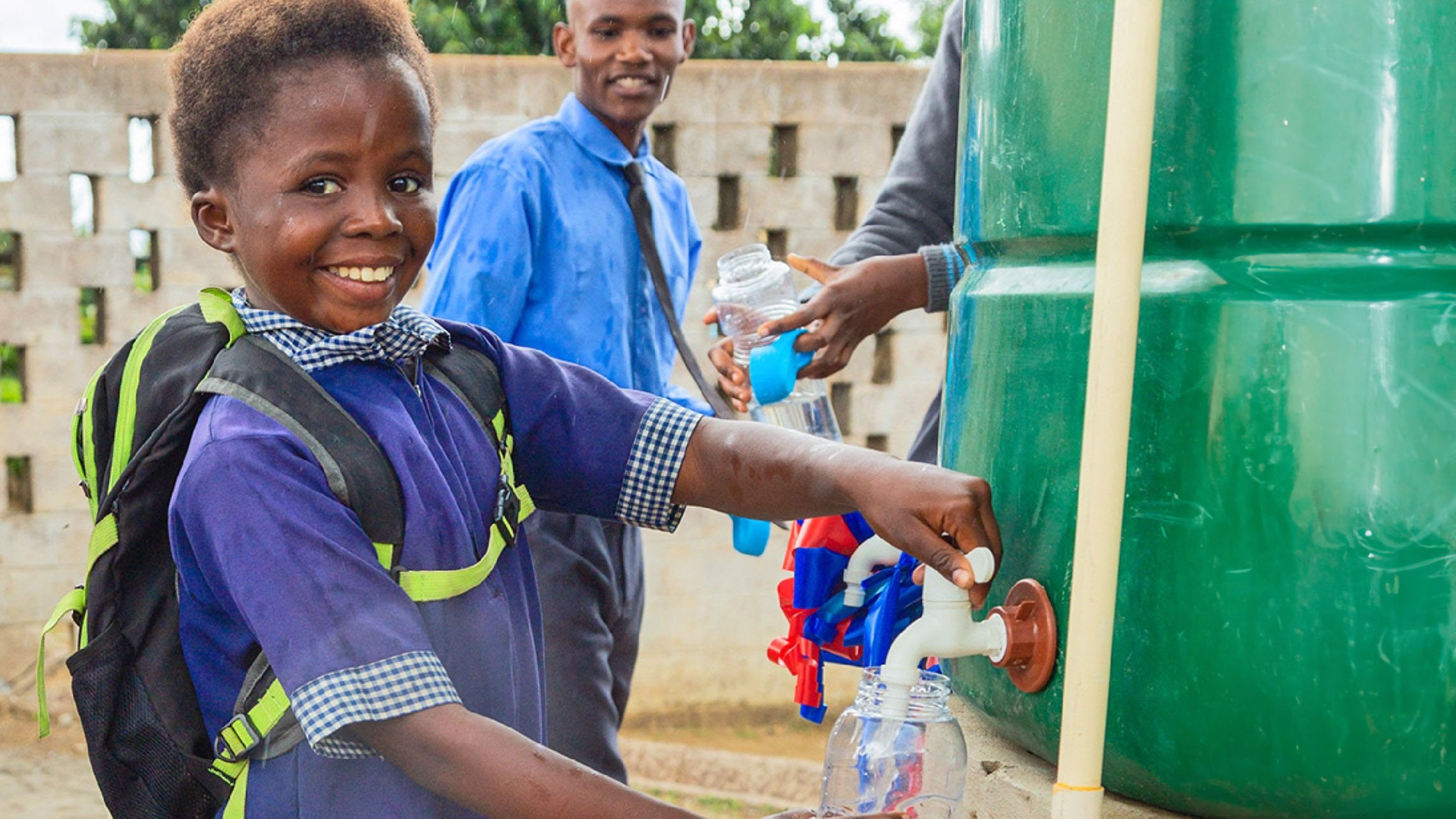Zambia Safe Water Project
Borehole Restoration
Clean Water
プロジェクト概要
Lundazi District in Eastern Province, Zambia is a largely rural district in which local people typically use wood fuel on inefficient three-stone fires to boil their drinking water for purification. This process results in the release of greenhouse gas emissions from the combustion of wood. But this can be avoided if a technology that does not require fuel (wood or fossil) supplies clean water to the households. The Micro-Scale VPA Zambia Eastern Province Safe Water project is eligible under the Gold Standard methodology to displace decentralized thermal energy consumption. By providing safe water, this project will ensure that households consume less firewood during the process of water purification. As a result, there will be a reduction of carbon dioxide emissions from the combustion process.
Many existing safe water sources in Lundazi District have fallen into disrepair because maintenance programs have been poorly managed or proven too expensive. In this project, a local NGO, Reformed Open Community Schools (ROCS), will work with British company CO2balance to rehabilitate and maintain water points so that they deliver clean, safe water. The project will ensure that the quality of the water delivered by the safe water sources is fit for human consumption for the entire length of the project, which will be a minimum of five years.
In line with Section A.2.1 of the PoA, communities are encouraged to contribute funds for use of the borehole — both to encourage community ownership of the borehole as well as the long-term sustainability of the project. This is determined by the Water Resource Committees on a borehole-by-borehole basis depending on the capacity of the community to contribute.
The number of water points per VPA (voluntary project activity) will be limited by the amount of pure water supplied by each unit. Based on ex-ante calculations, the maximum number of water points that can be rehabilitated in one VPA to achieve 10,000 tCO2e is approximately seven, however the exact number will be determined once actual survey data has been collected.
The project is funded by marketing the anticipated carbon credits from the wood savings to ethical investors, so water point owners must agree to transfer the emissions reductions over to CO2balance in return for them supplying the work to renovate the water points. This project will be developed under the Gold Standard carbon credit body, which in addition to checking that the carbon credits from this project are real, also measures local social, environmental, and economic impact.


